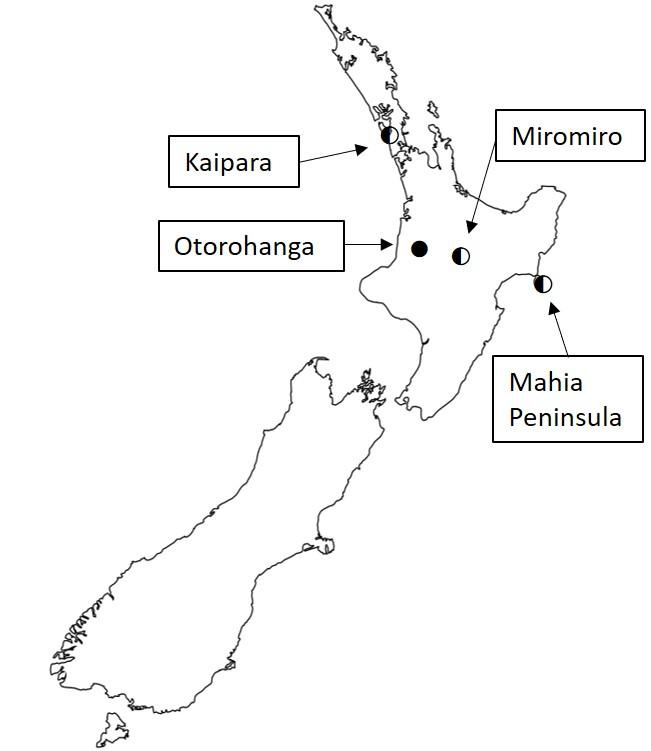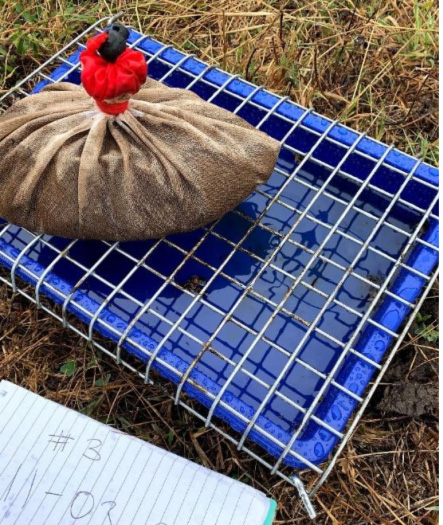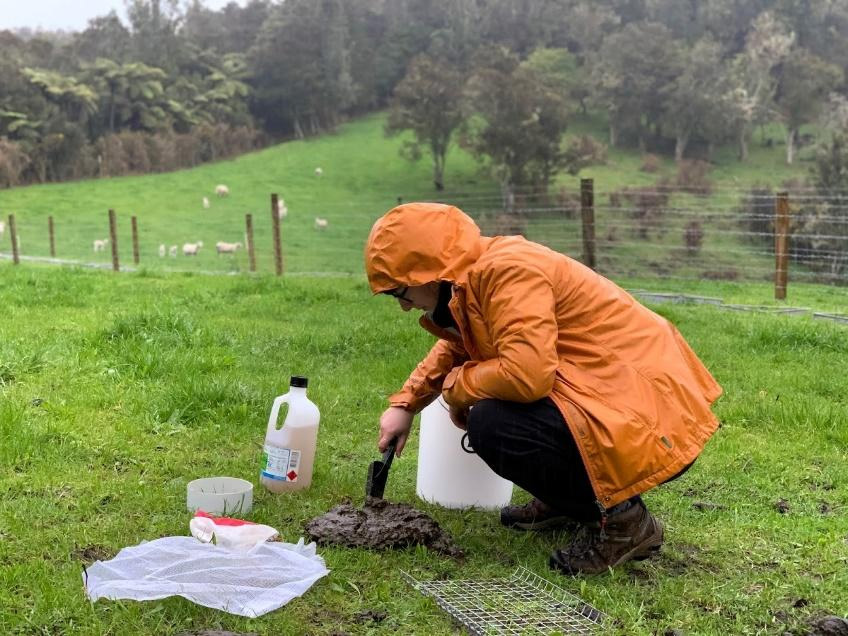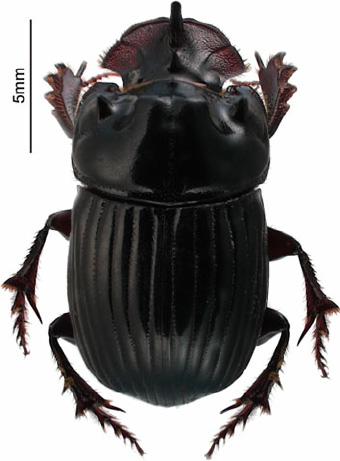Last year, four field sites were selected for monitoring dung beetle activity in a range of New Zealand’s soil and stock types. While COVID-19 impacted progress, the experiment has advanced well, and has produced some intriguing results.
Our DBEE project partners at Manaaki Whenua - Landcare Research, in New Zealand have been active in developing field research and lysimetry studies with dung beetles in recent years. Simon Fowler and collaborators, with help from Dung Beetle Innovations NZ, introduced dung beetles as part of the Dung Beetle Ecosystem Engineers Project to two sites in the North Island. We report on their research progress to date. Simon is conducting these experiments in conjunction with Australian DBEE colleagues.
Table 1: Dung beetle species released at the DBEE field sites in New Zealand, 2019–2020
|
Dung beetle species |
Region in NZ |
No. sites |
Total beetles released |
|
Onthophagous binodis |
Mahia |
4 |
12,000 |
|
Onthophagous taurus |
Mahia |
1 |
3000 |
|
Copris incertus |
Mahia |
4 |
3000 |
|
Geotrupes spiniger |
Mahia |
3 |
1000 |
|
Onitis alexis |
Kaipara |
1 |
650 |
|
|
Total |
13 |
~20,000 |
In New Zealand, four field sites were selected in 2019 for monitoring dung beetle activity, with one intensive site for field mesocosm experiments (figure 1, table 2). These sites were selected over the North Island, and represent predominant NZ soil types and a range of stock types. They include areas with established imported dung beetles (2–4 species), and the well-established tunneling species Copris incertus (figure 2), a Mexican dung beetle, as well as those recently released species.


Pitfall trapping is currently used to monitor dung beetle populations at all field sites across Australia and New Zealand. As shown in the photo, 1 kg dung is placed in a mesh bag and any dung beetles that are attracted to it collect in the preserving fluid in the tray below the mesh.

Table 2: Field sites in the DBEE project in New Zealand
|
Field site/soil type |
Farm type(s) |
Stock types |
Soil type |
|
Otorohanga |
Beef/sheep grazing |
Beef cattle, sheep |
Allophanic soil |
|
Shelly Beach, Kaipara (west coast, coastal) |
Beef grazing |
Beef cattle |
Over sand dunes – variable, mostly sandy loam (not ultic) |
|
Miromiro Farm |
Mostly dairy |
Mostly dairy cattle |
Pumice soils, forestry conversion, so soils disturbed |
|
Mahia Peninsula |
Mixed, depending on property |
Beef cattle, sheep, some deer |
Thin pumice over allophanic – mixed |

Photo: Birgit Rhodes, Manaaki Whenua - Landcare Research.